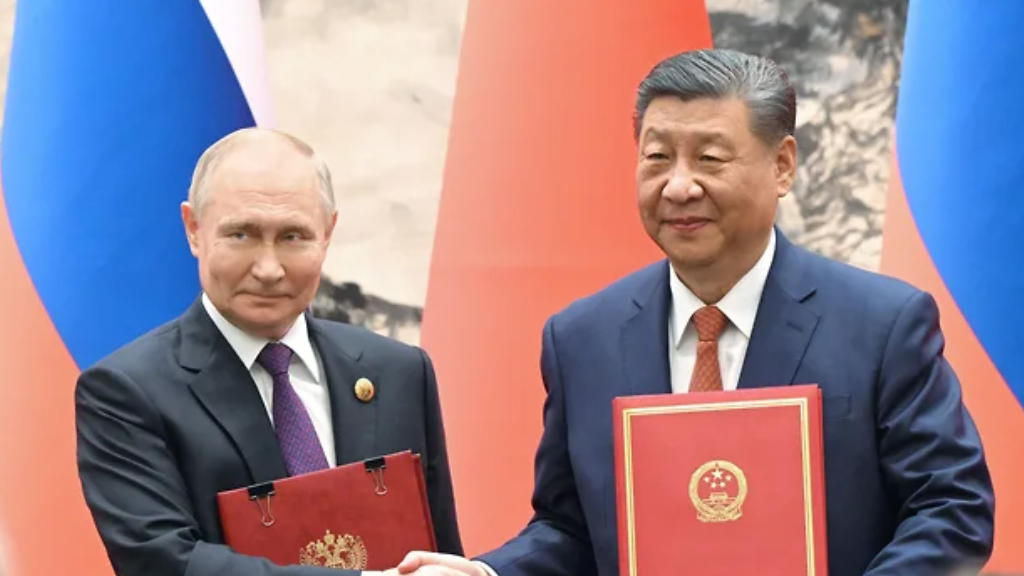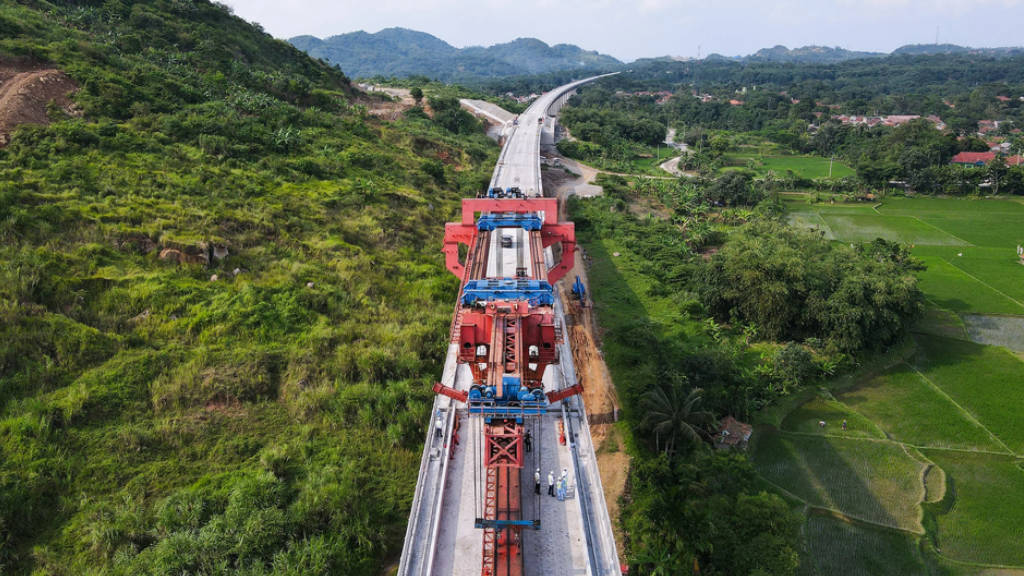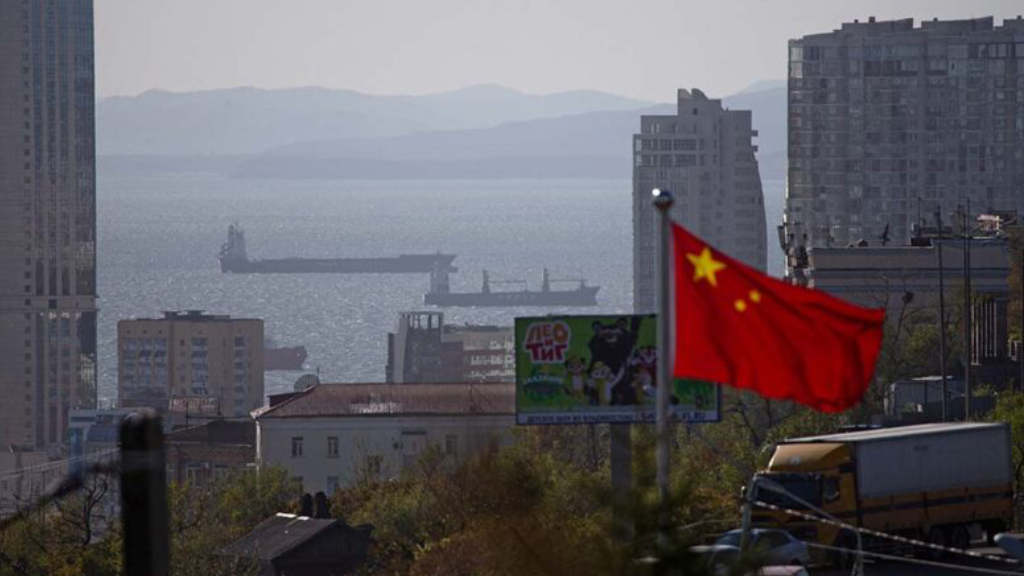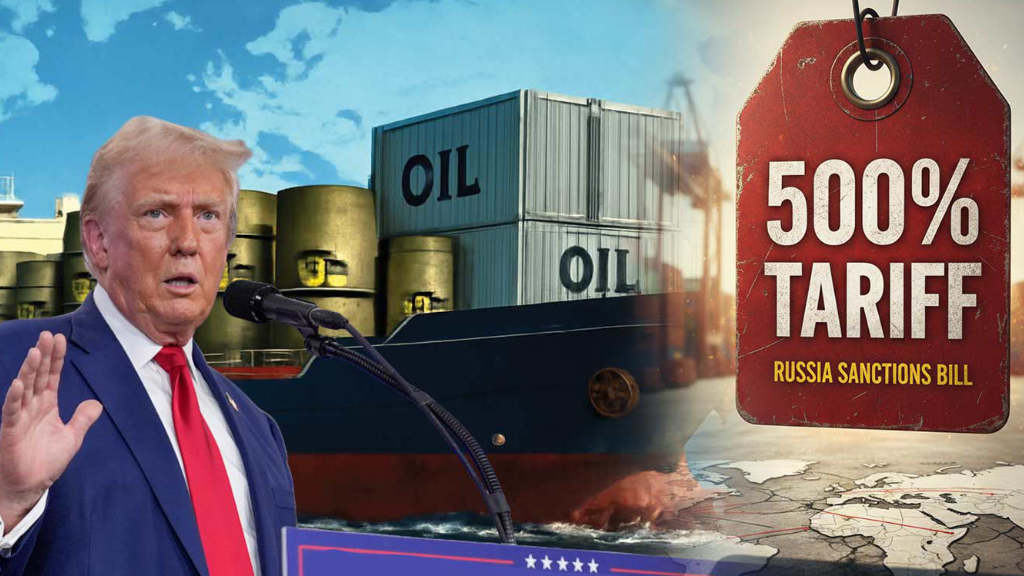China’s main thrust into the potential of investing in Russia as part of its global Belt & Road Initiative (BRI) overseas investment and infrastructure plan essentially began in 2018, when the Chinese government published its “China-Russia Cooperation and Development Plan for the Russian Far East (2018-2024).”
This is a programmatic policy document guiding cooperation between the two sides and also acts as a guide for Chinese enterprises to invest in the Far East. It is divided into seven sections, and summarizes the cooperative advantages of Russian Far East region for Chinese investors in geographical location, energy and mineral resources, agriculture, forestry and aquatic products, transportation, aviation and ship manufacturing.
It also proposes seven priority areas of Sino-Russian economic and trade cooperation in the Russian Far East, including natural gas and petrochemical industry, solid minerals, transportation and logistics, agriculture, forestry, and aquaculture. The Plan outlines in detail the Sino-Russian strategic cooperation projects and infrastructure projects in the Russian Far East, and comprehensively explains the development mechanism of Sino-Russian economic and trade cooperation in the Far East.
Moscow’s initial reaction was sluggish, until 2022, and the outbreak of the conflict with Ukraine. Until then, Moscow’s trade and investment focus was primarily geared toward Western Europe. Then, suddenly, Russia lost its main export markets in Europe, along with most of the key suppliers of technology and inputs to industry, including key military manufacturers in Siberia and the Far East. The Kremlin realized it had no hope of retooling and expanding its industrial base to sustain its conflict in Ukraine without Chinese assistance, an issue that made Russian President Vladimir Putin more amenable to serious concessions to China.
His state visit to Beijing and the northeastern province of Heilongjiang in May 2024 included repeated expressions of approval for an expanded Chinese role in developing the Far East. That same month, the appointment of economist Andrey Belousov as Russia’s new Defence Minister highlighted Putin’s new appreciation that Russia’s development could only be won by prioritizing economic and industrial policy. In truth, Putin had realised this years before – but Ukraine provided the national impetus.
In Beijing, this subsequent shift in Russia’s attitude was seen as an opportunity. With significantly reduced holdings of U.S. Treasury bonds, China has plenty of funds to invest. Beijing’s aim, on the one hand, is to exploit the Russian Far East’s rich resources, mainly minerals, to ensure a secure supply chain for domestic manufacturers, free from Western influence. On the other hand, China can also sell a lot of high-tech equipment and technology to Russian industry, shoring up the latter’s defence sector and perhaps obtaining useful military know-how in exchange. This particularly applies to the Far East, where Russia has a high concentration of defence industries in need of investment.
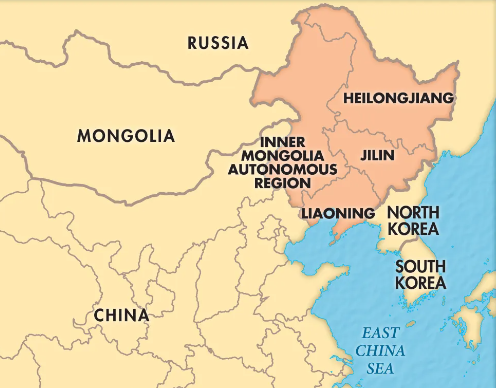
Chinese investment interests are focused on two key areas. One is the junction of the Amur (Heilongjiang) and Ussuri rivers, where Bolshoy Ussuriysky (Heixiazi) Island and the Russian city of Khabarovsk (with its population of 620,000) are located. The other is near the mouth of the Tumen River, not far from Russia’s Vladivostok port (population 600,000), close to the Chinese border. In both of these strategic locations, Russia is harnessing China’s financial resources and manufacturing savvy to build two gigantic special economic zones.
Putin’s May visit to China cemented China’s engagement in developing the Far East, though moves in that direction had already begun in mid-2023. At that time, Russian media disclosed that China and Russia had agreed on some elements during the Putin-Xi meeting in March 2023, including plans to directly invest more than US$160 billion in 79 major projects in Russia. These investments would involve critical infrastructure, information technology, energy, mining and other sectors. Some are going under the radar, such as the redevelopment of Russia’s River Ports along its China border, linking to downstream seaport access. Direct rail connectivity between Siberia and North China is also being enhanced.
The IT and infrastructure components of these projects were closely linked with defence output, which Russia has now positioned as the main driver of its current economic growth. These sectors, previously off limits to foreign investors due to security concerns, are now open to Chinese partners. By the end of 2023, the number of investment projects with Chinese capital in the Russian Far East had reached 49, with a total of nearly US$9 billion invested. This is still only a relatively small fraction of the planned US$160 billion, indicating that 2024 onwards will be years for China to action its investment goals, in what is likely to be a ten-year development and investment strategy.
That is not to ignore some negotiations between the two sides. China has delayed the gigantic Power of Siberia 2 pipeline, whose 50 billion cubic meters annual capacity Putin had hoped would replace nearly half the natural gas volumes he used to sell to Europe. China now has adequate supplies of natural gas, in part thanks to growing LNG imports, including from Russia’s Sakhalin pipeline. More importantly, Beijing does not want to be too dependent on Russia’s gas. It has avoided this in part by developing gas supplies from other markets such as Turkmenistan, Iran and Kazakhstan, while negotiating Russia’s intended price point downwards. Currently, despite both sides making noises that the Power of Siberia 2 will eventually come onstream, the two sides are apart in their valuations.
Without the certainty of a major jump in gas sales to China, Russia’s main thrust for increasing its Chinese investment revenues is to attract Chinese investment in industry, as well as mineral, food and timber resources in the Far East. This is something President Xi can agree to. One example is China’s purchases of enriched uranium and other radioactive elements, isotopes and compounds, reaching a combined US$233 million in May 2024. Investing in Russian infrastructure and retaining equity also provides future cash flow income for China’s SOEs.
A boost in bilateral trade however has undergone delays when Washington threatened to impose secondary sanctions on foreign banks supporting transactions involving Russian purchases of dual-use products. To protect itself, China abruptly halted bank payments to Russia, resulting in a sharp initial drop in trade volumes from March and April this year. By the time President Putin visited Beijing in May 2024, however, the parties had discovered a relatively simple work-around. The Chinese authorities permitted some local banks in northeast China to resume handling payment transfers with Russia, allowing trade and investment flows to resume, especially to the Russian Pacific regions. Despite explicit G7 warnings, Beijing has little to worry about because these lenders have very low international exposure and would not suffer significant losses from being sanctioned. Yet, Russia is aware that it cannot circumvent higher transaction costs regardless of alternative solutions.
Another priority for Beijing is securing direct access to sea for its landlocked northeast, industrial provinces of Heilongjiang and Jilin, which are separated from the Sea of Japan by a 15 km stretch of the Tumen River. Opening this waterway for deep-draft ships could have important strategic implications for Beijing, including establishing a direct Chinese presence for the first time in more than a century on the Sea of Japan. Yet this is exactly what Japan, and the United States does not want to see.
One obstacle to navigation is the North Korea-Russia Friendship Bridge, a railway built over the Tumen in 1959 whose low span hinders the passage of larger vessels. Dealing with this, the most recent bilateral statement on the 75th anniversary of reestablishing diplomatic relations between Beijing and Moscow explicitly mentioned that “the two sides will conduct a constructive dialog with the Democratic People’s Republic of Korea on the issue of Chinese ships sailing through the lower reaches of the Tumen River.” Only a tripartite agreement between the three countries will allow the extensive dredging, building of a high-span bridge and construction of port facilities that would allow commercial navigation on the waterway. Discussions are underway yet may prove awkward as Pyongyang will want to extract maximum leverage.
Even for goods not produced in Russia, such as its Eurasian Economic Union and CIS trade partners, the growing number and efficiency of border crossing points and customs clearance procedures is speeding up the delivery of inputs needed for Russia’s increasing productivity. Currently, 19 border crossing points are operating in Heilongjiang province, and they are being systematically digitized. Russia is now finally building up the logistical infrastructure its manufacturing industries need to become regionally competitive – with Asia a primary target. China’s apparent ten year, multi-billion dollar Belt & Road Initiative spend is a large part of helping Moscow achieve this – and cement Russia’s turn away from Europe to become an Asian-focused and influenced economy. Russia economic analysts will in future need to possess Asian, not Western based experience.
Further Reading
